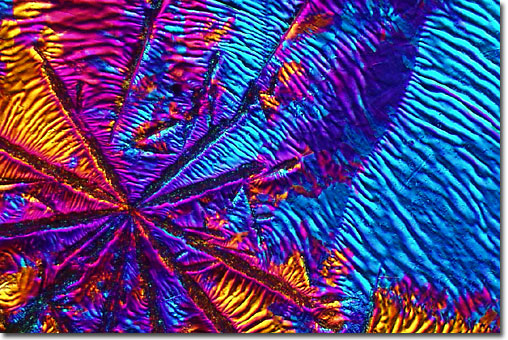|
Dilaudid is a hydrogenated ketone derivative of morphine that is also a powerful narcotic analgesic useful in the relief of pain. Although the precise mechanism of action of dilaudid and other opiates is not known, they are believed to bind to opiate receptors in the central nervous system. There is not an intrinsic limit to the analgesic effect of dilaudid (with the exception of dosage-dependent side effects), and the adequate dose will relieve even the most severe pain. Among the diverse pharmaceutical actions of dilaudid are drowsiness, changes in mood and mental awareness, stimulation of the vomit center, pinpoint constriction of the pupil and elevation of the cerebrospinal fluid pressure. Adverse side effects include clammy skin, confusion, convulsions, dizziness, low blood pressure, and slow heartbeat.
|
